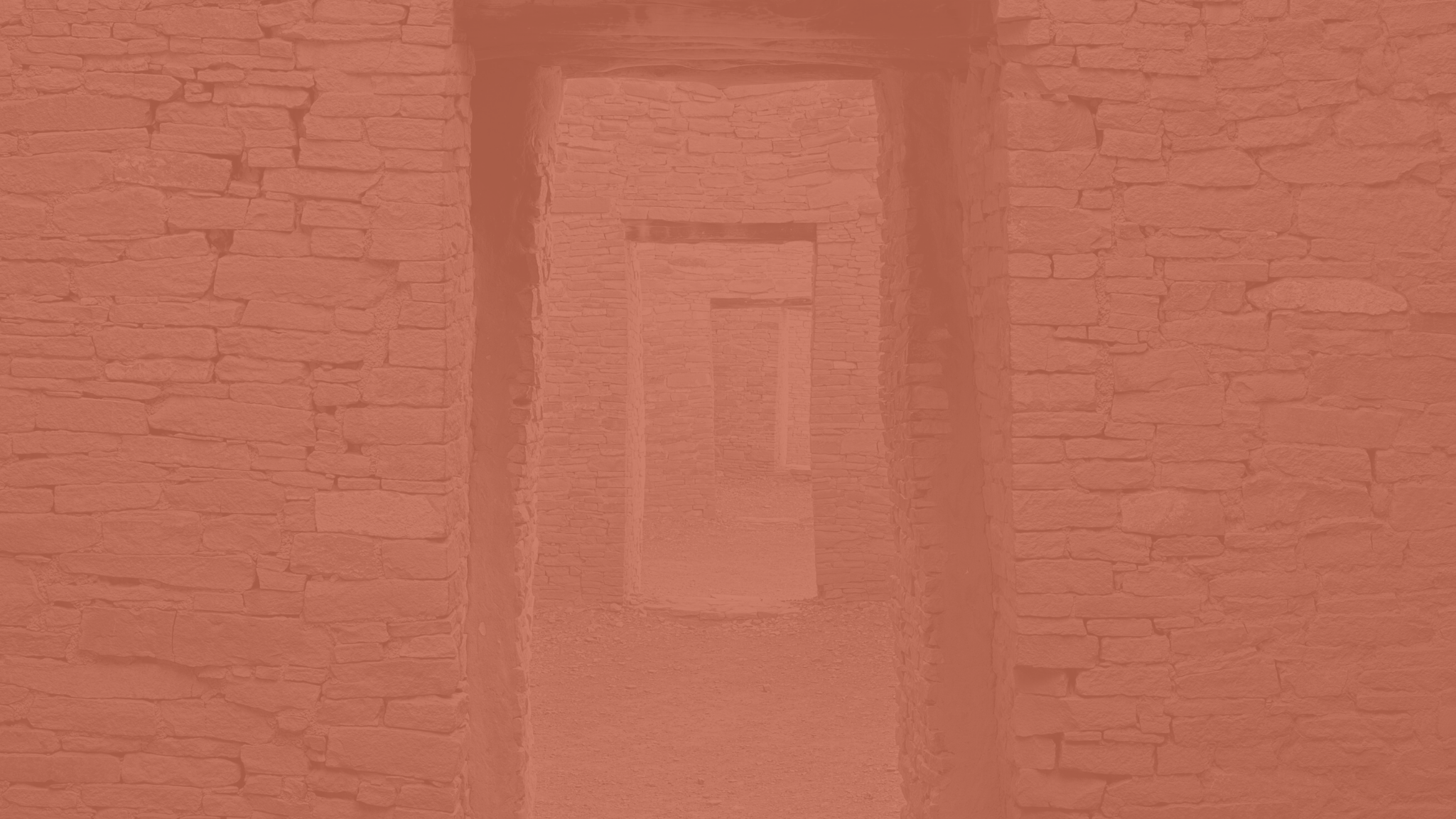
Chapter Economics
a tool for Chapter leaders building an economic plan
The roadmap to a strong and resilient Navajo economy starts at the Chapter level.
This content was created by Diné urban planner, Leon Begay, and Change Labs, a Navajo nonprofit organization supporting Indigenous entrepreneurship and small business development. We created the content for policy makers, community leaders, start ups, and community planers that want to build a thriving rural community.
Use this tool to construct your own economic development plan by exploring and developing economic indicators for your community, identify economic opportunities, and identify the challenges and solutions to realizing your long-term community vision. It includes critical components you will need to consider in order to build an economic plan for your community, such as how to identify metrics to measure your economic progress, identify potential barriers and solutions to navigate barriers, and help identify opportunities for community growth.
While there are multiple components that contribute to a healthy economy, this tool highlights the importance of small businesses in creating jobs, reducing poverty, and providing needed services & products to the community. By improving the environment of the Nation for business and economic activity, it makes it easier for Navajo entrepreneurs to do what they do best – create new and innovative ways to support themselves and their communities.
Get started here ⇢

DEVELOPING YOUR PLAN
STEP 1
Strategies and best practices for planning a thriving rez town economy
STEP 2
Indicators, dashboards, & diagnostics for measuring your economic progress
STEP 3
Engage your community in identifying market opportunities without spending a dime
A FINAL NOTE: Building the navajo economy
Despite the immense need to channel spending internally within our Navajo communities, we often travel to border towns to do our shopping. On average, for every dollar earned by a Navajo person, less than 35 cents are spent within the Nation itself. This means we are not retaining wealth within our communities and our families.
While a burdensome business regulatory environment is by no means the sole cause or perpetuator of poverty within our communities, improving the business environment at the Chapter level is one tool to retain the 65% of money that flows off the reservation every year, and to grow more vibrant local economies. What might your community look like if your residents were able to purchase groceries, go to the pharmacy, pick up school supplies, buy seedlings and potting soil, or go to the movies all within your town?
Our goal with this document is to highlight the link between economic growth and community development to realize wealth and wellbeing for our Navajo people. As you go forward with your plan, it’s important to remember that your goals and activities are not only measurable, but viable and achievable with the resources and capacity you have available. We encourage you to tap into the ingenuity of your community. Innovation is born from constraint — and for centuries, the Navajo people have demonstrated this through our resilience, perseverance, and our ability to find ways to support our families and our community.

